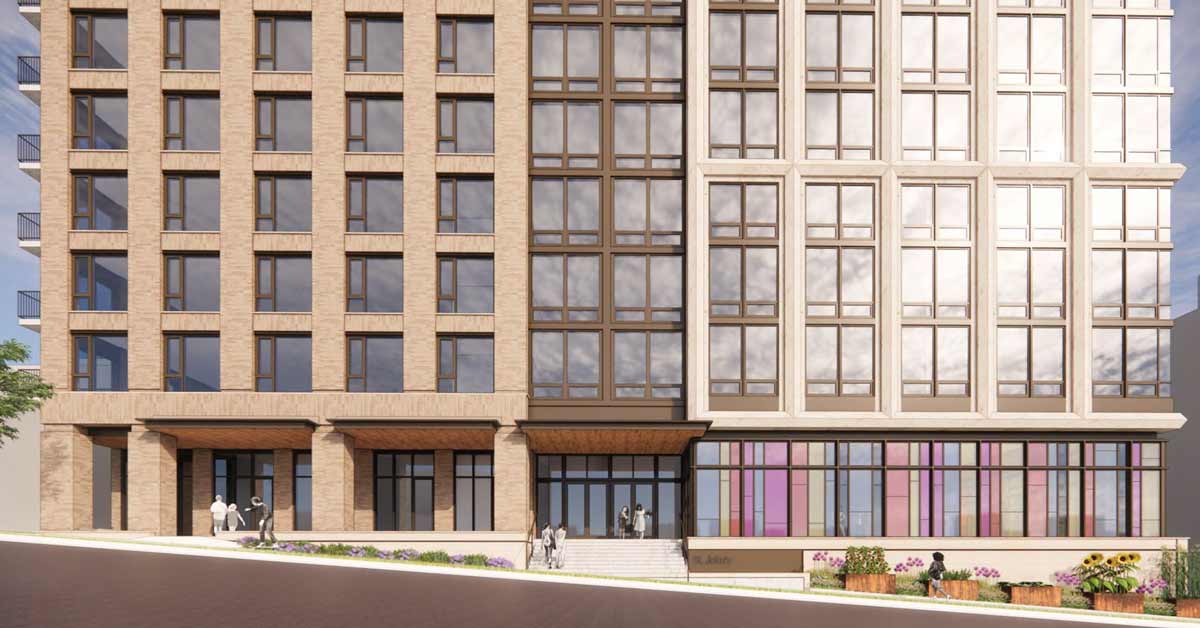St. John’s Lutheran Church has sat on a downtown corner of Madison, Wisconsin — just three blocks from the state Capitol — for nearly 170 years.
But its leaders are now working to demolish it.
“St. John’s has always been a place focused on refuge, serving the poor, and meeting people where they are,” the church’s pastor, Rev. Peter Beeson, said in a fundraising video.
“Today, we're looking at adapting our building in the most audacious way yet: by tearing it down to build 110 units of affordable housing, plus worship and community space.”
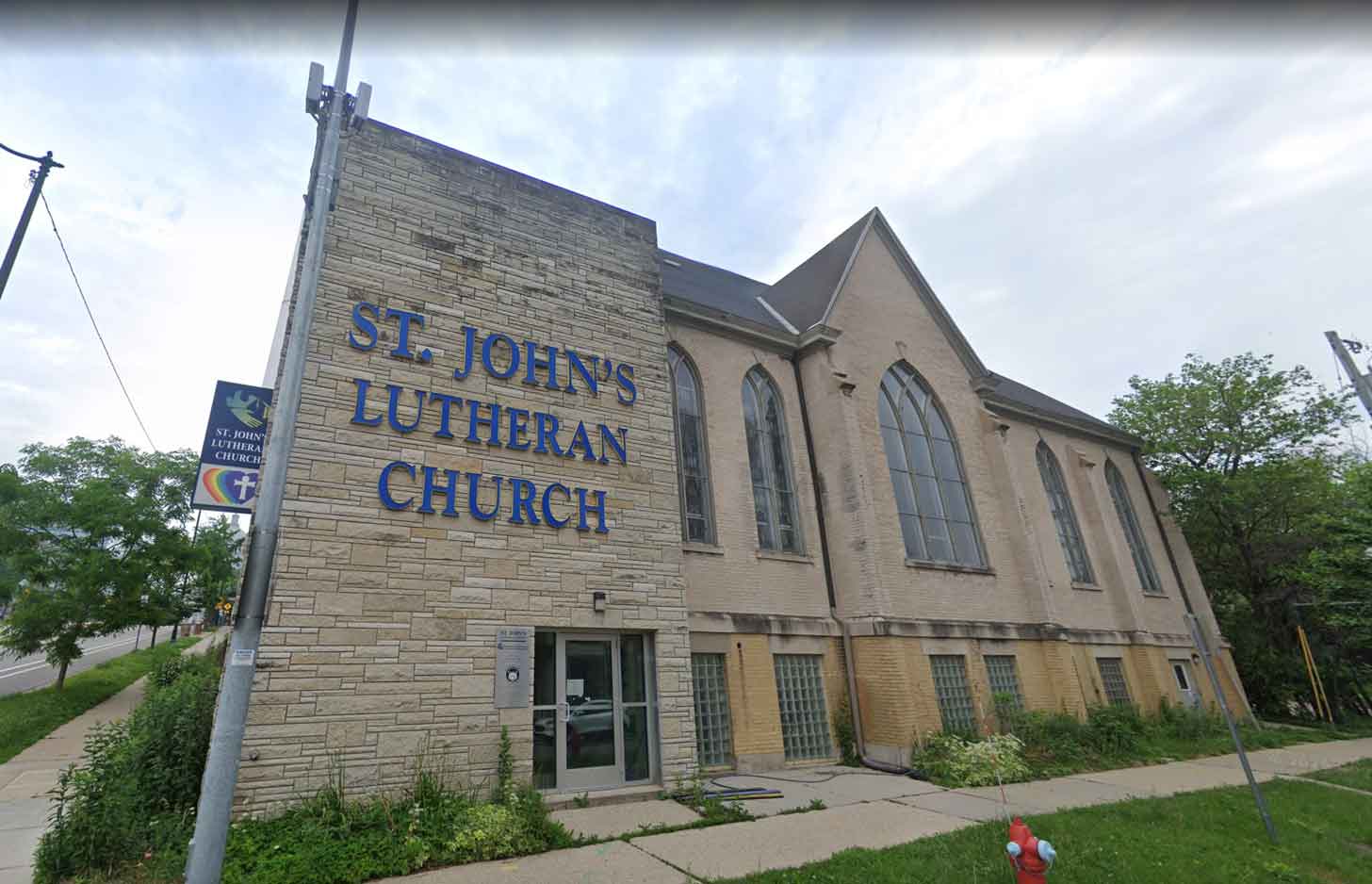
In the place of the old building will be a brand-new 10-story redevelopment, as Beeson described, home to a new worship space, offices, community spaces, and over 100 mostly low-income apartments, with a parking garage underneath.
The idea came about from conversations around how the congregation could best give back to the community, and now the $58 million project is about to break ground, with the goal to be completed in the next two years.
“We were realizing more and more people were struggling with finding housing,” Beeson recently told Wisconsin Public Radio. “And if they were able to find housing, were paying 50, 60, 70% of their income for housing costs.”
“We really came together and realized … that we could use our land and our building for good and flourishing of our community,” Beeson added.
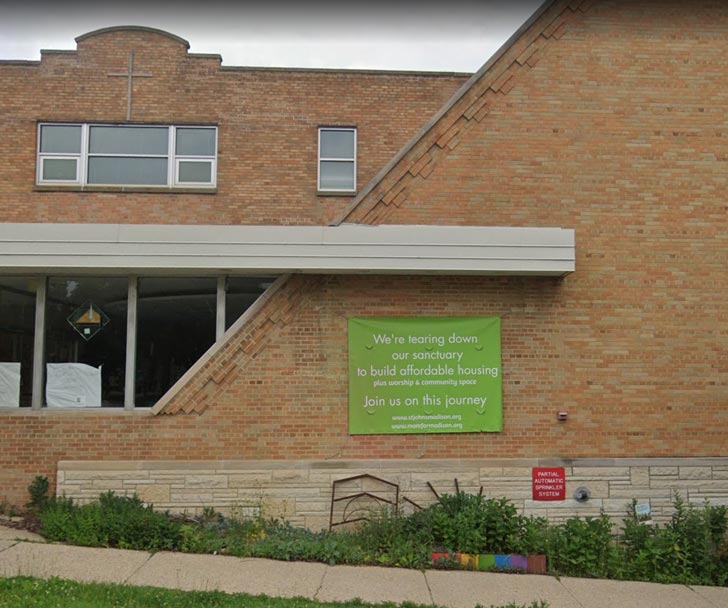
The church will continue to own the property but will partner with a management company to oversee the affordable apartments.
The plans include a total of 130 housing units, some of which would be rented out at market rates. But the vast majority, about 110 units, would have capped rents in tiered pricing, available to people making 30, 50, or 60% of the area’s median income.
“We’re really targeting people who work in restaurant, retail, and service sector jobs, because our neighborhood has historically been sort of that blue-collar workforce housing,” Beeson explained to WPR.
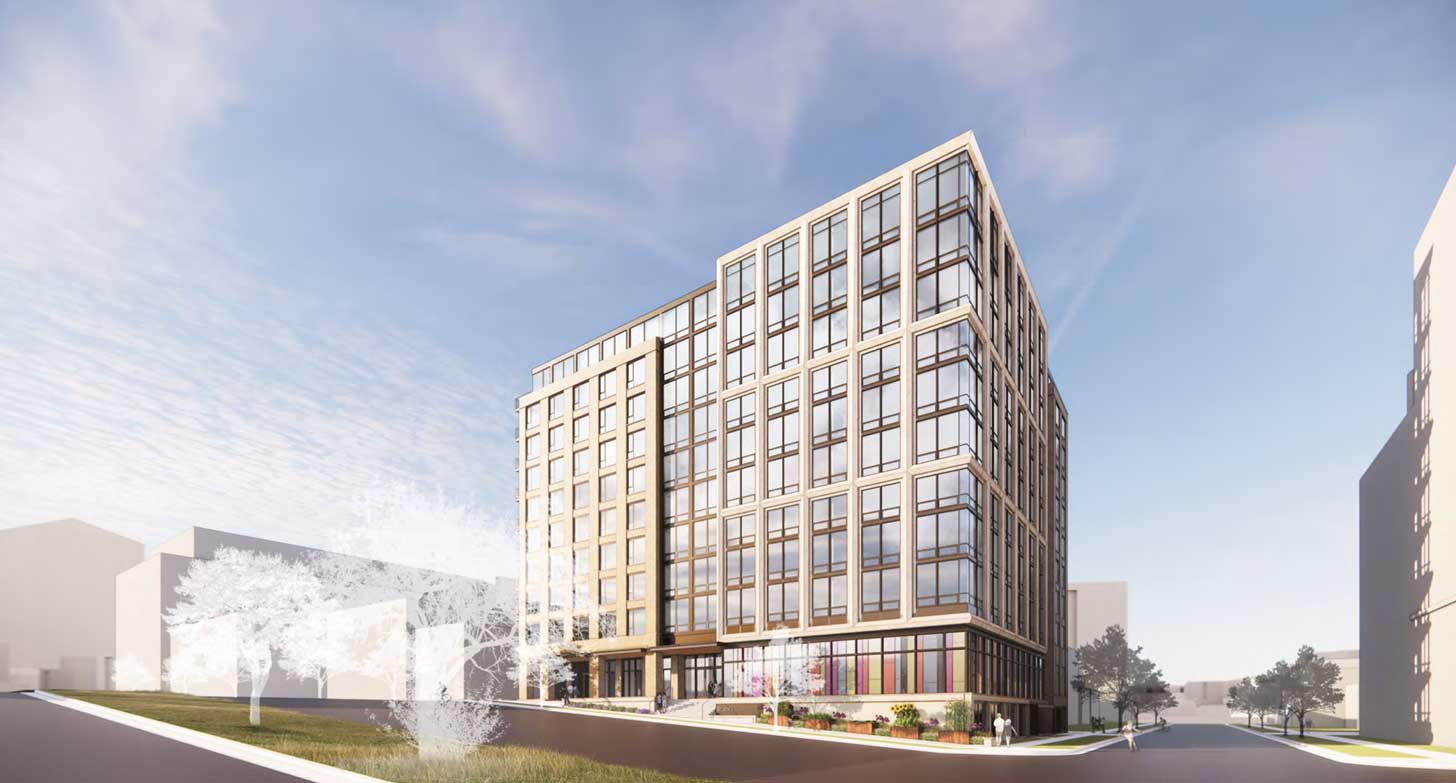
The redevelopment was announced in 2023, but there has been some slowdown with funding, attributed to higher interest rates and price hikes on materials post-pandemic.
That said, the project will be supported by about $11 million in affordable housing funds from the city and county. And Beeson said leaders are hoping to acquire some more low-income housing tax credits from both state and federal authorities, according to WPR.
Community members are also pitching in. St. John’s is accepting donations and has a $3 million private fundraising goal. At the writing of this article, just shy of $1.4 million has been raised.
“It needs to cover its own cost in terms of running the building, utilities, maintenance, wear and tear, all those things,” Beeson told WPR, clarifying that the mission of the project is to eventually “break even.”
“It’s not going to ever be a significant revenue generator.”
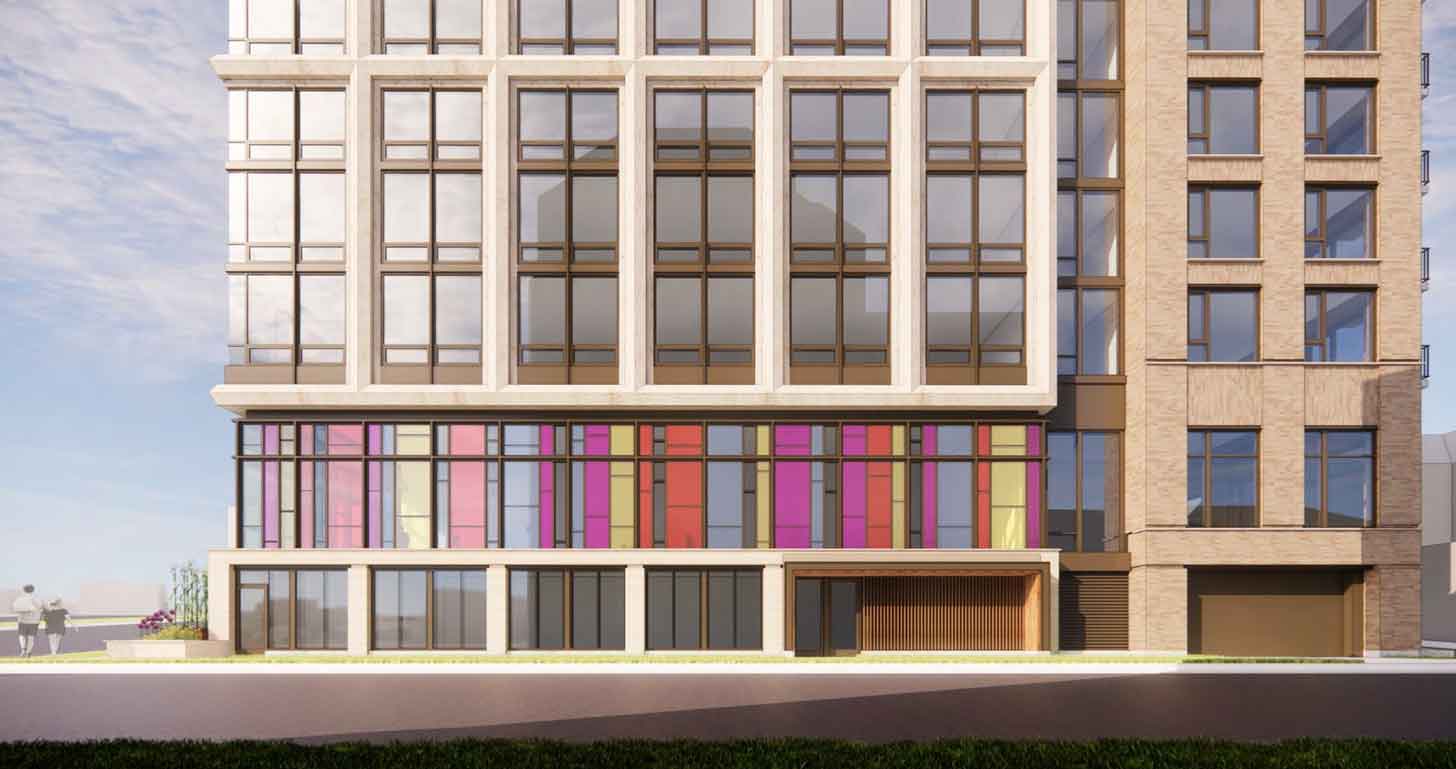
As stakeholders said in a fundraising video for the development, the project is simply an extension of the services the church has provided to community members for decades.
“As the first affordable housing development downtown in almost 20 years, St. John’s has really taken great steps to maintain the supportive services that they have already been providing … to some of our most vulnerable in our community,” Julie Spears, a development specialist for the City of Madison, said.
“And that’s going to continue on into the future.”
In fact, one community member, Alan Carroll, shared that he had sought shelter at St. John’s many times when he was experiencing homelessness.
“They don't look at your color or your gender or whatever,” Carroll said. “They look at your heart; they see that you're a person. They see that you’re in need, you know? And they reach out.”
Beeson added that he hopes this space will be a “game-changer” for the community.
“Here at St. John’s, we have a long history of being open to the community, open to people of less fortune. They don’t have to come to our services; they don’t have to ascribe to our faith,” he said.
“We want people to feel included. We want to give to them, not because they need it, because we need it. To me this is a once-in-a-lifetime opportunity to do something really significant for the city.”
Based on architect renderings by Potter Lawson, the new development will have a much more modern, colorful aesthetic than the existing neo-Gothic church.
“We’re still creating and designing a space that’ll be beautiful and lift people’s spirits,” Beeson told WPR.
“Because access to beauty and joy is one of those rare but pretty essential human needs.”
You may also like: 'Sacred settlements' give homeless neighbors a house on church property
Header image courtesy of Potter Lawson
